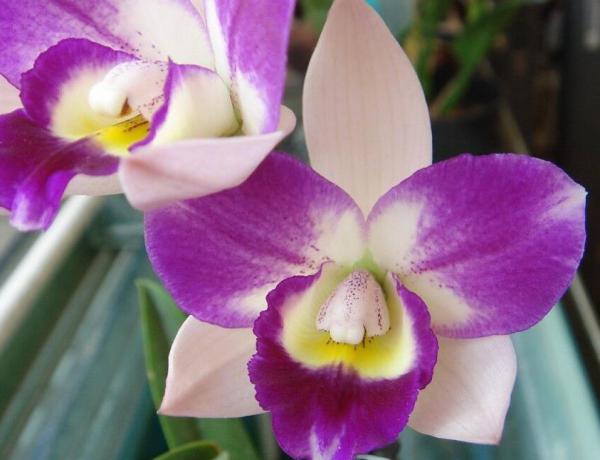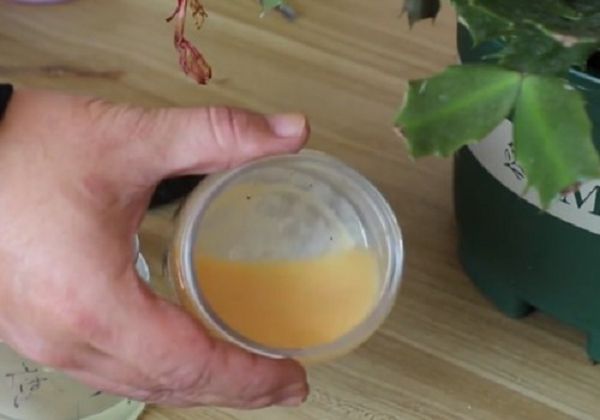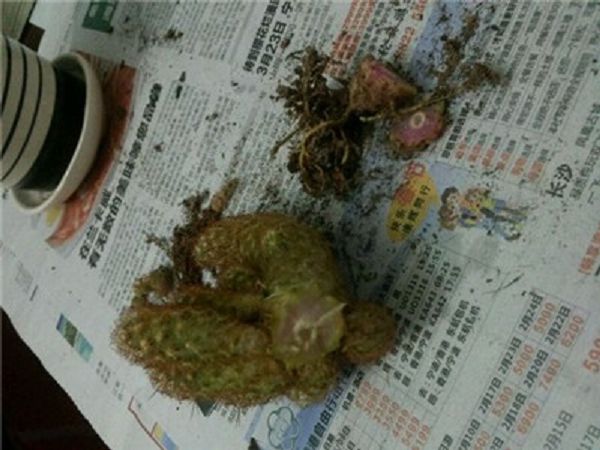Ramet propagation and daily management of Cartland

Katrilan, a popular popular orchid found in tropical America, has 45,50 species and numerous hybrids. Catalan is the largest and most colorful species of tropical orchids, and it is known as the "king of orchids" in the world. After cross breeding by horticulturists, nearly a thousand horticultural varieties have been bred. Katrilan is native to Central America, Honduras, Belize and Guatemala, and is highly adaptable.
I. introduction of Cartland
Cartland is native to the tropics and a few subtropics from Central America to South America. Generally speaking, Cartland, which is popular in the market at present, is a horticultural variety cultivated through multi-generation cross screening, with stable characters and easy cultivation.
For the growers who initially planted Cartland, from the aspects of Cartland florescence, flower pattern, growth habit, planting cost, etc., we should select varieties with flower color in line with Chinese aesthetics, florescence to meet the main domestic festivals, good compound flowers, strong disease resistance, cold resistance and high temperature tolerance (the original species are recommended to introduce artificially screened polyploid plants).
At present, most of the Cartland seedlings in China's mainstream orchid farm are introduced from Taiwan, which has the highest performance-to-price ratio, and few are introduced from Europe, the United States and Japan. The introduction should pay attention to the original source of the seedlings and the habits of their parents, as well as whether there are any diseases and insect pests.
II. Garden planning
Cartland is a perennial herb with globular or rod-shaped pseudobulbs in the lower part and 1-3 terminal leathery leaves. The stolon can spread in many directions. It takes 2-4 years from bottle to flowering. Cartland is an epiphytic plant, and its roots are mostly aerial roots, which are relatively light-tolerant, drought-tolerant and slightly cold-tolerant than other orchids.
The growth environment is warm and humid, bright and ventilated, and the matrix is sour and breathable. Therefore, when choosing to build a greenhouse, we should choose areas with flat, adequate light, convenient transportation, ventilation and power supply facilities. In general, the basic equipment of planting Cartland greenhouse needs to have two-way transparent fans, equipped with water curtains and multi-layer sunshade nets, and should be equipped with supplementary lights and heating facilities in winter. The nursery bed should be placed above 1m on the ground, the bed surface is reticulate, and the seedling can be raised in a hole tray container, and some varieties can be planted by hanging.
3. Cultivation methods
1. Selection of substrates and cultivation containers: Cartland root is full of gas and likes to be moist, so plant materials with good permeability and drainage should be selected. Most Cartland plants in the market are planted with water moss, which is low-cost and fast-growing, but the matrix is easy to rot and agglomerate; there are also a small number of flower companies that use pure bark to grow, but the cost is high.
It can also be equipped with self-mixed matrix, and the pH value of the matrix should be controlled at 5.5-6.5 weak acidity, which is generally bark-mixed blue stone mixed-fire soil mixed with immortal soil, with a ratio of 1 ∶ 1 ∶ 1 ∶ 1. Cartland should try his best to meet the principles of light transmission, air permeability, sufficient drainage holes at the bottom and not too large in the selection of cultivation containers. Generally speaking, pottery basin is the best, transparent nutrition cup is the second, and plastic dish is the last. When planting, there should be more substrates, and must not be deeply planted.
2. Temperature, humidity and light management: although Cartland is resistant to drought and cold, he likes the environment with high temperature and high humidity. The suitable temperature in the seedling stage is about 25 ℃, and the temperature in the growing period of the big seedling can be controlled at 15: 30 ℃. In winter, the room temperature should be controlled not lower than 15 ℃ to prevent frost injury and unable to blossom, and supplementary light is needed for 2 hours every day.
The humidity in the seedling stage should be controlled at about 80%, which can be maintained by spraying humidification, water curtain humidification and spraying ground cooling and humidification; in the seedling stage, the humidity should be controlled at 60% to 80%. Cartland should control the light in the seedling stage, use a sunshade net with a shading rate of 60% to 70% from spring to autumn, be extensive from big seedlings to flowering, and use 50% shading net in summer.
3. Water and fertilizer management: Cartland's growing period is from spring to early autumn, and sufficient water is usually guaranteed at the beginning of the growing period. Pay attention to replenishing water immediately when new buds sprout in spring and summer. Generally, the surface of the substrate should be watered when it is dry (once every 2d, once every day, bark and mixed planting materials are watered at 9:00 and 15:00 every day, the same below), watering thoroughly at one time to maintain the dry and wet polarization of the substrate as far as possible. Watering should be controlled in autumn and winter (water moss every 4-5 days, bark and mixed plant material 2-3 days) to keep the basin soil moist.
Cartland should apply thin fertilizer frequently during the growing period, generally using the mixed controlled release fertilizer with the ratio of N, P and K of 1 ∶ 1 ∶ 1, topdressing 1.5 g manure for 14 days at the growth stage of large seedlings, using fertilizer at flowering stage with a higher ratio of P and K, and reducing the frequency and amount of fertilization after flowering. In the process of growth, special foliar fertilizer for orchids should be used, usually sprayed once every 7 days, and the ratio should be used according to the parameters provided by different brands.
4. Ramet propagation: Cartland can propagate 3-4 years after coming out of the bottle, generally ensuring that each clump has 3-5 old false bulbs, and 1-2 new buds are the easiest to grow and bloom. Note that any gardening equipment that Cartland comes into contact with during ramet must be sterilized to prevent disease infection.
Ramet should be carried out before April when the new bud has just germinated. Ramet should pay attention to cut off the dried false bulb, cut off the old rotten root, remove the weak bud, and leave the strongest new bud in the trunk. All wounds should be disinfected with sulfur powder and planted after the wound is dried. When planting, the new buds should be planted in the center of the flowerpot to ensure that the new plants have enough space for growth, and large plants and long-stalked plants should set up stents to prevent lodging. Cartland should not over-divide plants frequently, otherwise the floral character of the plant will be greatly weakened.
5. pest control: the common diseases in Cartland are anthrax, soft rot, white silk disease, virus disease, etc., and the common pests are shell insects, slugs, red spiders and so on. In the cultivation stage, the prevention and control of diseases and insect pests should focus on prevention. On weekdays, it is recommended to spray 800-1000 times of thiazide EC, usually once every 7 days, and 2000 times of 75% chlorothalonil wettable powder every 7 days.
Drug treatment of diseases and insect pests is not recommended during flowering, but manual removal of diseases is recommended. The only way to prevent virus disease is to make the environment clean and ventilated, disinfect appliances in place, disinfect plants in place, and introduce plants without disease; once diseased plants are found, they should be burned and destroyed immediately, and the surrounding plants should be isolated and observed.
6. Florescence management: Cartland florescence should pay attention to the constant temperature and light and ventilation, in order to ensure the normal development and color of flowers, and will not appear disease spots affect the ornamental quality. Large-flowered, multi-flowered and long-stalked varieties should set up stents to prevent lodging. Cartland's florescence lasts for 30 to 45 days, which is relatively shorter than other orchids such as Phalaenopsis, so it is best to sell it out of the shed when the first bud blooms.
Cartland consumes a lot of plant nutrients during flowering, so topdressing should be done about 7 days after flowering. When spraying plants during flowering, try not to put water on flowers to prevent diseases.
Related
- Fuxing push coffee new agricultural production and marketing class: lack of small-scale processing plants
- Jujube rice field leisure farm deep ploughing Yilan for five years to create a space for organic food and play
- Nongyu Farm-A trial of organic papaya for brave women with advanced technology
- Four points for attention in the prevention and control of diseases and insect pests of edible fungi
- How to add nutrient solution to Edible Fungi
- Is there any good way to control edible fungus mites?
- Open Inoculation Technology of Edible Fungi
- Is there any clever way to use fertilizer for edible fungus in winter?
- What agents are used to kill the pathogens of edible fungi in the mushroom shed?
- Rapid drying of Edible Fungi



